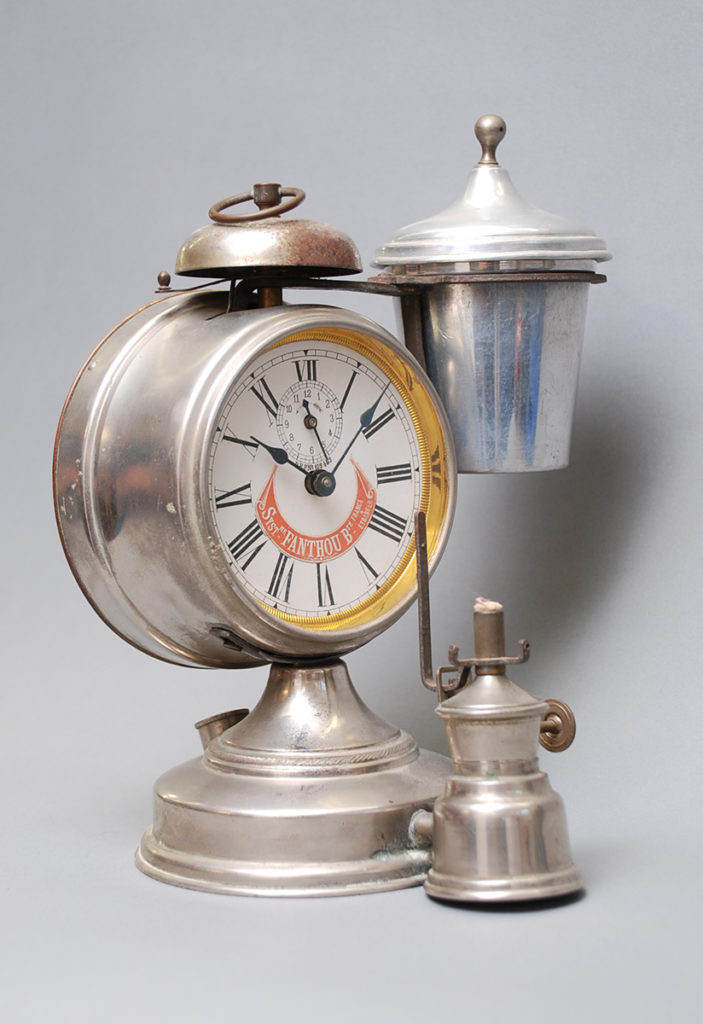Our Conservation Philosophy
Our conservation philosophy is to focus on illuminating the essence of an object and its maker, along with its cultural and technical importance. We believe this will maximize its essential value for present and future generations.
 What is conservation?
What is conservation?
We like the definition used by the National Trust in England the best, “Conservation is the careful management of change.”1
Conservation involves the following:
- learning about the historic relevance,
- examining and documenting the condition of,
- discussing treatment options for,
- implementing and documenting treatments,
- educating the owner and the public
regarding the cultural property2 of interest. Conservation may include one or more of repair, restoration, and/or preservation treatments.
The overriding purpose of conserving any cultural property is to preserve it for education, enjoyment, as reliable evidence of the past, and as a resource for future study by the present and future owners and society at large.
What/who is a conservator?
A conservator is a person who facilitates the process of conserving cultural property. They may take several and/or different roles depending on their individual skills, abilities, and trainings.
Why do I need a conservator?
The primary reason to hire a conservator is to ensure that the value of your cultural property is maintained to the maximum for both present and future generations.
This is accomplished first by historical research which yields understanding of the importance of the property. Next, value is preserved by ensuring that treatments performed do not harm the property and that they enhance the preservation of the property for the long-term.
Additionally, value is enhanced through the safe removal of corrosive products, either natural and/or induced by humans, which may continue to degrade the property and/or decrease its visual appeal. Value is preserved by the utilization of repair techniques that maintain the historical integrity of the property to the maximum extent possible. Finally, and not least important, value is preserved through the documentation produced by a conservator which outlines the historical relevance, educates the owners, and discusses the treatments performed (useful for the benefit of future conservators).
A good conservator will first, understand the historical relevance of the object, then perform a thorough examination of the condition which then forms the basis for a treatment proposal. Only after a treatment proposal has been discussed with and agreed to by all relevant parties should any actual treatments commence.

Other considerations—some things that conservators think about
Conservation is a compromise – Recognizing that every object is in a continual state of decay, our first obligation is to stem the tide of that decay as much as possible. If that were the only factor under consideration, an appropriate action may be to coat the object in thick wax so that it is completely protected from the environmental factors that lead to decay. Clearly, this is not desirable in most cases.
The scenario above helps to illustrate the fact that there are other considerations involved and that any action that might be taken to help preserve an object is a “compromise” between pure preservation and making something “brand new”.
Most objects we work with will outlive us many times over – we all are makers of history; any action taken today is an action that in some measure will affect the way that an object is regarded and/or valued at some later point in time. 100 or 200 years from now, someone will look at the object we are working on today and may believe that the repair made today was in fact the way the object has always been. Is this the impression we want to leave?
The practice of compromise – Our process for arriving at any given compromise involves what is described above in “What is Conservation?” Not surprisingly and to varying degrees, the commonly understood principles of conservation are upheld, such as: take the minimum action, remove as little original material as possible, and make any treatment reversible.
Not of least importance is our commitment to comply with the codes of ethics of the various professional organizations which provide guidance for our profession.
1 https://www.nationaltrust.org.uk/features/our-conservation-principles
2 Cultural property consists of individual objects, structures, or aggregate collections. It is material which has significance that may be artistic, historical, scientific, religious, or social, and it is an invaluable and irreplaceable legacy that must be preserved for future generations. [from the Preamble to the AIC Code of ethics.]

